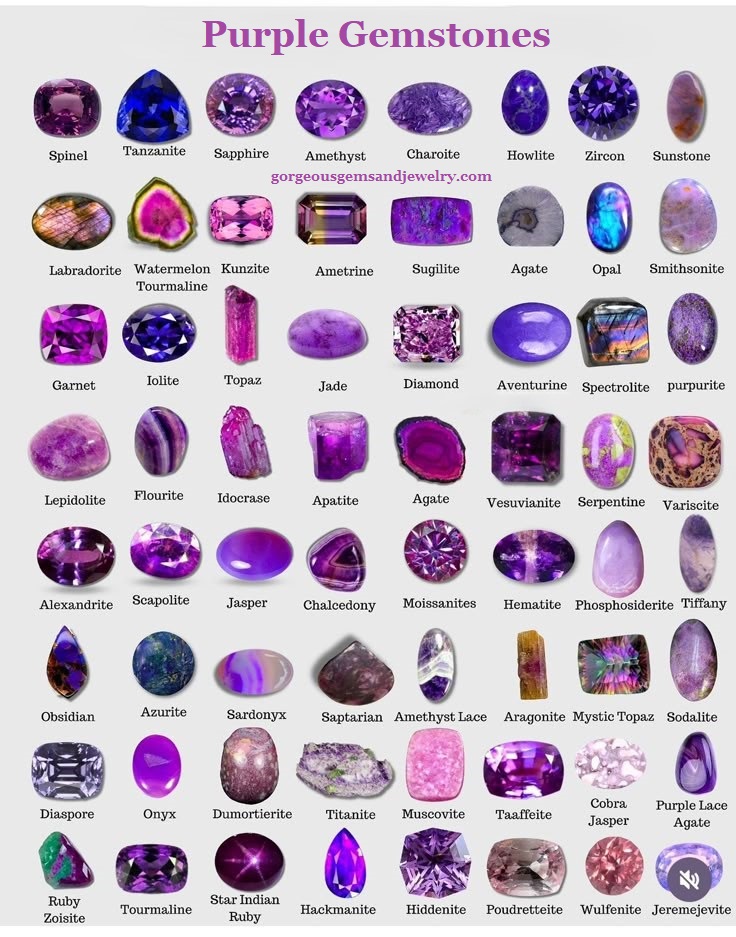Amethyst, tanzanite, and sapphire are the most popular purple gemstones used in jewelry. Amethyst is the most well-known and it’s both affordable and durable (it can easily) hold up to daily wear. Worthy of purple’s regal reputation, the precious purple sapphire is born from corundum.
Purple, once a highly prized and expensive dye, has a rich history and is associated with royalty, spirituality, and even a bit of myth. It’s a color that has been used to symbolize power, wealth, and creativity across various cultures and time periods.
Here’s some purple trivia:
- Ancient Origins:Purple dye, particularly Tyrian purple, was created from the mucus of rare sea snails, making it a highly valuable and exclusive color.
- Royal Connections:The color purple was often associated with royalty and the elite in ancient times, including in Rome, Byzantium, and even Japan.
- Spiritual Meanings:In Hinduism and Buddhism, purple is linked to the highest chakra, representing enlightenment and spiritual growth.
- Modern Associations:Purple is also associated with creativity, imagination, and even luxury in modern times.
- Cultural Significance:The United States recognizes the Purple Heart as a high military honor, and the movie “The Color Purple” has resonated with audiences for its themes of resilience and sisterhood.
- Accidental Discovery:The first synthetic dye, mauve, was accidentally created by William Henry Perkin during a failed chemistry experiment.


